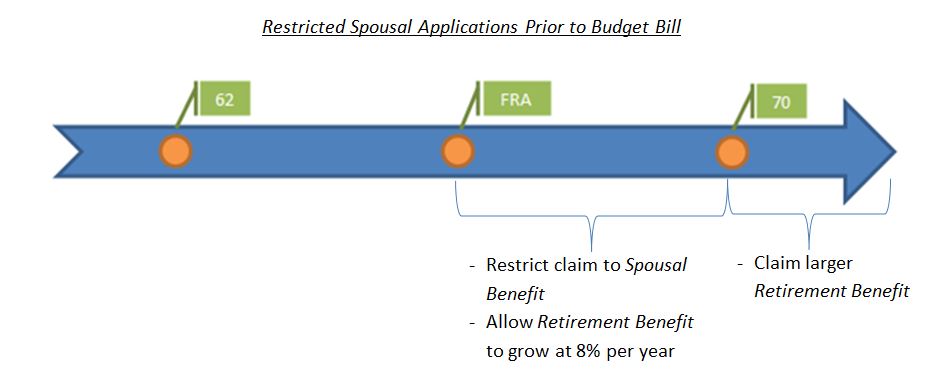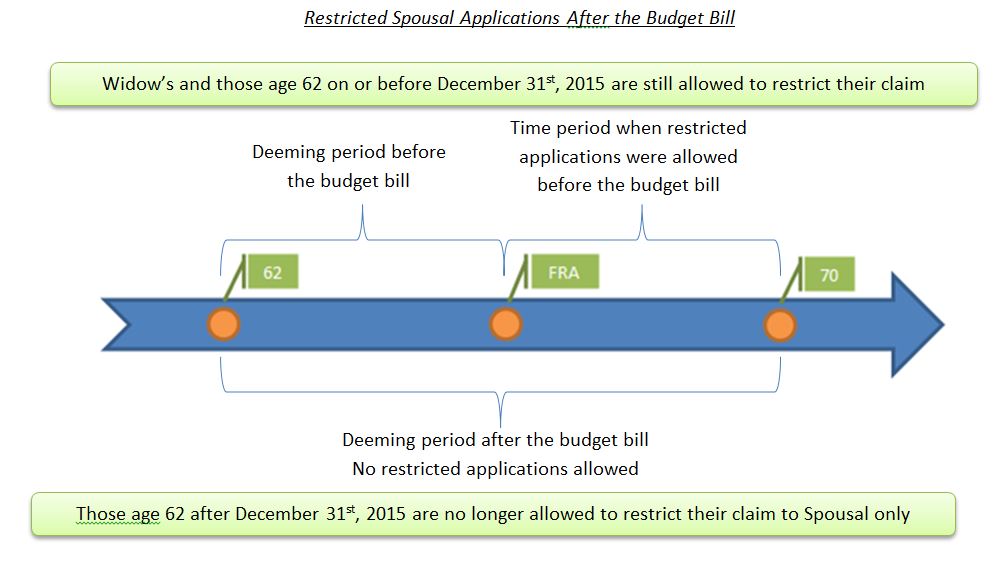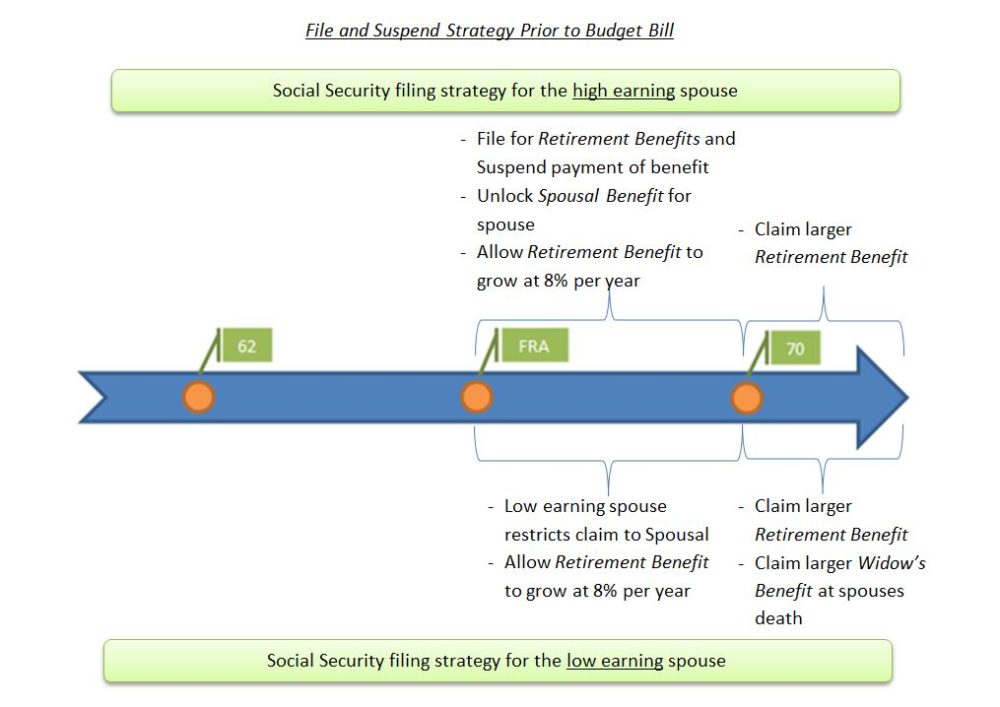By Justin Fundalinski, MBA | August 20, 2016
 With open enrollment for Medicare around the corner (October 15 through December 7th) maybe it’s time to start talking a bit about some important things to be looking out for. Rather than trying to write an all-encompassing article about Medicare, let’s start with one part of Medicare, specifically prescription Part D.
With open enrollment for Medicare around the corner (October 15 through December 7th) maybe it’s time to start talking a bit about some important things to be looking out for. Rather than trying to write an all-encompassing article about Medicare, let’s start with one part of Medicare, specifically prescription Part D.
What is Medicare Part D?
As you may already know, Medicare has its many parts. Part D is specific to prescription drugs. An easy way to remember it is that D is for drugs. The intent of Part D is to subsidize the costs of prescription drugs and insurance for Medicare beneficiaries.
Part D comes in a couple different forms. One can either enroll directly into a Part D plan (of which there are many different insurance providers that provide Part D insurance plans) or they can indirectly be enrolled in a Part D plan by joining a Medicare Advantage Plan[1] (Part C) that includes prescription drugs as a benefit.
In order to be eligible for a Part D plan one must be enrolled in the traditional Medicare Parts A and B (essentially insurance for hospital and doctor’s visits).
What is a formulary?
The Centers for Medicare and Medicaid Services (CMS) does not have a set list of drugs (aka formulary) that must be covered in a Part D insurance product. What they do have is a list of drugs that are not covered[2] by Part D. That said, one of the most important aspects of choosing the right Part D insurance provider to understand what drugs the plan will cover. The best thing you can do when shopping for a prescription drug plan is not to focus primarily on premium cost, rather to first ensure that the drugs you need are covered under the insurance plan’s formulary.
Examine the formulary annually:
Choosing the right prescription plan in the first place does not mean you are good to go. Prescription drug plans can and do change their approved drugs from year to year[3], not to mention you may be prescribed new drugs throughout the year. Come open enrollment, it is imperative you check that all drugs prescribed to you (or possibly will be prescribed) are on the approved list. If not, you can consult your doctor to see if there are alternative drugs that are offered in the formulary will meet your needs, or you can begin shopping for a new Part D plan. You can ease the process of comparing each and every Part D insurance plan by entering the drugs you take at medicare.com and letting them search for programs that cover your prescriptions.
Remember, insurance companies strike deals with prescription drug companies to lower costs and they may require substitutes (generic or brand name) for the current drugs that you and your doctor feel comfortable with. Always consult your doctor about substitute drugs that may lower your costs without affecting your health.
Manage the Doughnut Hole:
The doughnut hole is a point in prescription drug coverage when your 25% co-insurance ends (a feature of Part D plans) and you no longer receive any assistance from the insurer until you reach a point called “catastrophic coverage.” During this middle ground your prescription drug plan does not cover any of your costs and you pay entirely out of pocket. While this hole in coverage is getting phased out with the Affordable Care Act, it still exists and could be cause for substantial out of pocket expenses. Some plans mitigate the doughnut hole but will manage the risk for loss in other ways like raising your premiums or co-payments. Shop for a plan that not only fits your prescription drug needs best, but also manages all of the costs behind them.
In Conclusion:
As a quick update to what’s happening in the office – Andrew, who was hired on because of his Medicare background, has been studying with the Medicare Rights Center to bring to the office a new level of knowledge on various Medicare topics. While we are not currently selling or servicing any Medicare insurance products, we are happy to discuss this topic in more depth, review your current coverage and formularies, walk you through the Medicare website, etc…. Please do not hesitate to call if you have any questions or need help with Part D or other Medicare issues. We are always happy to point you in the right direction.
[1] Medicare Advantage plans are beyond the scope of this article. We can save that discussion for a later date.
[2] This includes drugs for weight loss or gain, fertility, erectile dysfunction, cosmetic purposes, symptomatic relief of cough and colds, prescription vitamins and mineral products.
[3] Those enrolled in Part D receive an Annual Notice of Changes (ANOC) each September. The ANOC details changes in formulary to the existing plan for the coming year.







 As many of our readers know, we are advocates of ensuring there is enough secure income
As many of our readers know, we are advocates of ensuring there is enough secure income








